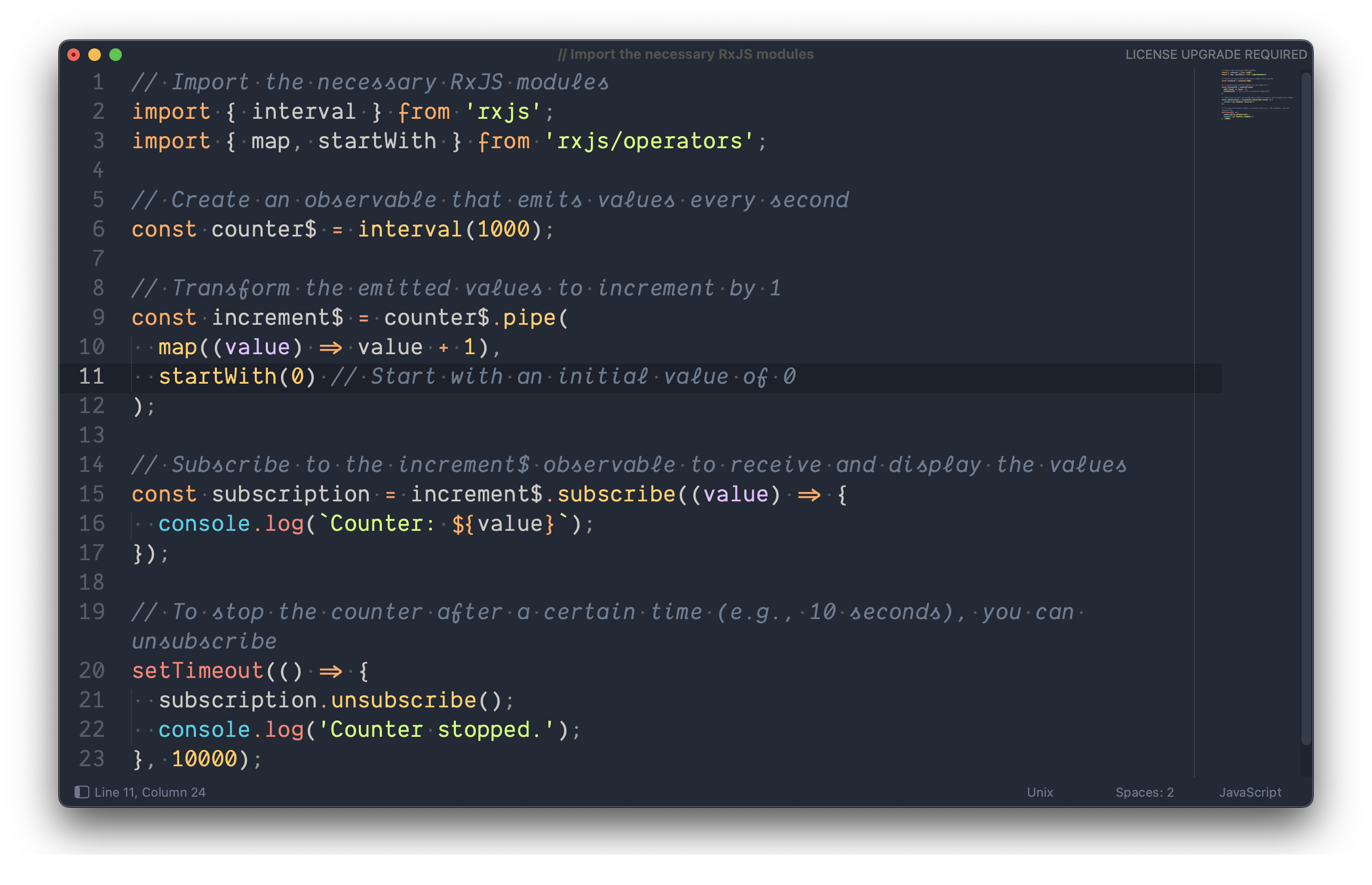Mastering the fundamentals of Functional Reactive Programming (FRP) in software development requires a solid understanding of its core concepts and principles. Here’s a step-by-step guide to help you become proficient in FRP:
- Understand Reactive Streams: Start by grasping the concept of reactive streams. These are sequences of events or data changes over time. Learn how to create and work with reactive streams in your chosen programming language or framework.
- Learn Observables: Observables are central to FRP. They represent asynchronous data streams. Study how to create and manipulate observables. Familiarize yourself with operators that allow you to transform, filter, and combine observables.
- Event Handling: Explore event handling in FRP. Understand how to react to events using observables. Practice creating event-driven code that reacts to user interactions, data changes, or external events.
- Immutability: FRP often promotes immutability, where data is treated as unchangeable. Learn how to work with immutable data structures to maintain the purity of your functions and minimize side effects.
- Declarative Programming: Embrace declarative programming, which emphasizes specifying what should happen rather than how it should happen. Write code that clearly expresses the desired behavior and leverages observables to achieve it.
- Subscriptions: Study subscriptions, which establish an active connection to observables. Learn how to create and manage subscriptions and when to unsubscribe to prevent resource leaks.
- Use Cases: Apply FRP to real-world use cases. Build small applications or features using FRP to gain practical experience. This could include creating reactive user interfaces or handling real-time data.
- Operators: Explore the wide range of operators available in your chosen FRP library or framework. Practice using these operators to transform and manipulate data streams effectively.
- Testing: Learn how to test code written with FRP principles. Understand how to write unit tests for observables and ensure that your reactive code behaves as expected.
- Error Handling: Study error handling in FRP. Discover how to handle errors and exceptions gracefully within your reactive code, maintaining the stability of your applications.
- Combine with Frameworks: Explore how FRP can be used in conjunction with popular frameworks and libraries in your chosen programming language. Many languages and ecosystems offer FRP support.
- Performance and Optimization: Learn about performance considerations and optimization techniques when using FRP. Understand how to ensure your reactive code is efficient and responsive.
- Read FRP Documentation: Refer to the documentation of the FRP library or framework you’re using. Documentation provides valuable insights into best practices, examples, and advanced usage.
- Join FRP Communities: Engage with the FRP community for knowledge sharing and troubleshooting. Online forums, discussion groups, and social media can be great sources of information and support.
- Projects and Collaboration: Collaborate with others on projects that use FRP. Working on real projects allows you to apply your knowledge and learn from others’ experiences.
- Advanced Topics: Delve into advanced topics, such as time-based operations, multicasting, and integrating FRP with other paradigms like object-oriented programming.
- Continuous Learning: FRP is a dynamic field, and new developments and tools emerge. Stay up to date with the latest trends and technologies related to FRP.
Remember that mastering FRP is an ongoing process, and practice is key to becoming proficient. The more you work with FRP in practical scenarios, the more confident and skilled you will become in leveraging its principles for building responsive and efficient software.

